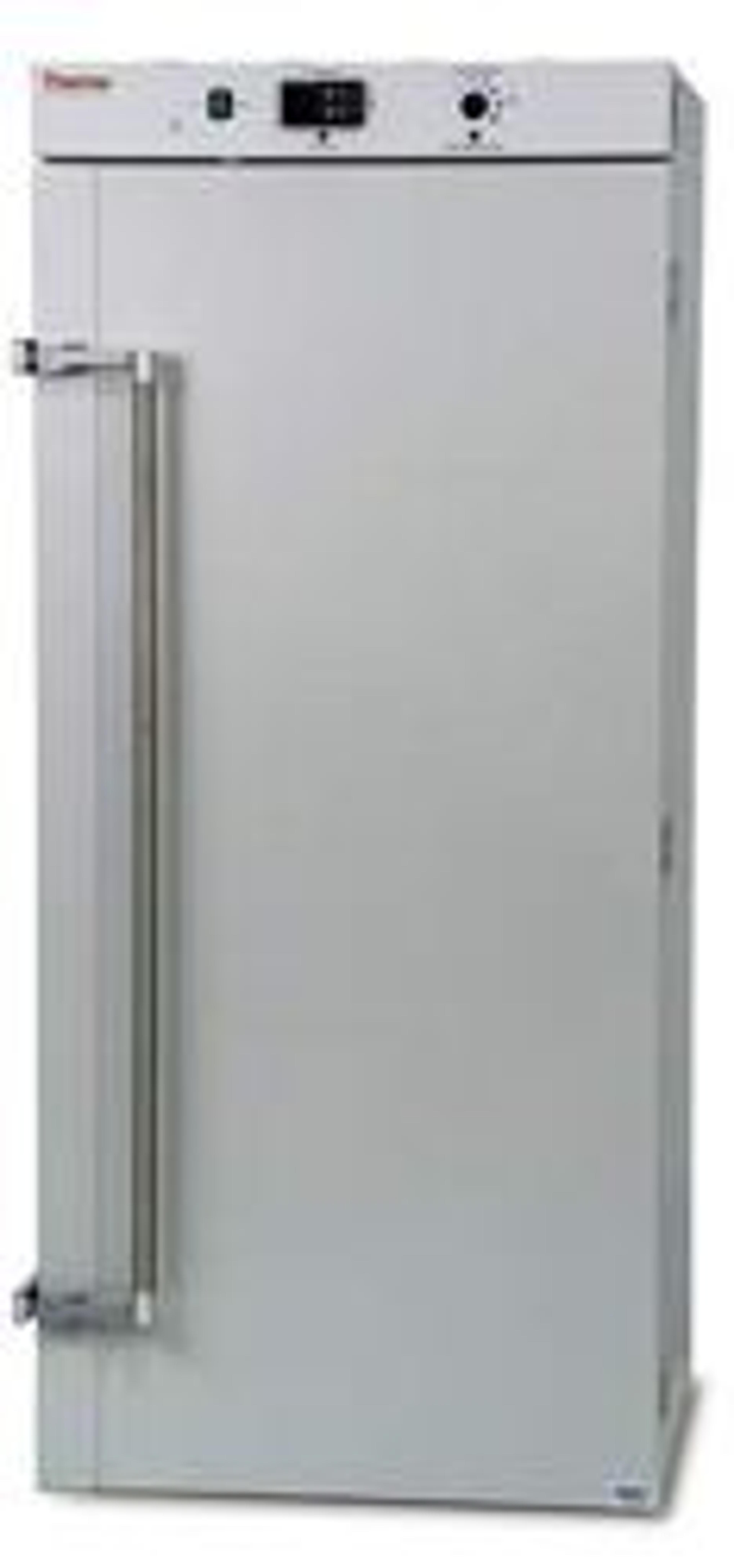Thermo Fisher Scientific Introduces Peltier-Cooled Incubators for Drosophila and Biochemical Oxygen Demand Research
17 Jul 2013
Thermo Fisher Scientific Inc., the world leader in serving science, today announced the Thermo Scientific Peltier-cooled incubators featuring solid-state Peltier cooling designed for biological and genomics laboratory researchers engaged in fruit fly and biochemical oxygen demand (BOD) research.
Operating within the temperature range (15°C to 40°C) to optimize the growth of drosophila (or fruit flies) for research studies, the Thermo Scientific Peltier cooled incubators are available in two models — the 3915FL and 3915LT. The incubator is designed to create optimal conditions for the rearing of fruit flies used in a variety of biological, genetics and physiology studies. With Peltier cooling technology, temperature variation due to coil corrosion caused by fly secretion is no longer a concern and the growth of flies is more consistent. Fully controllable LED lights mimic day and night conditions without impacting temperature performance, programmable temperature ranges and uniform temperature throughout the chamber.
A mechanical convection airflow system ensures even air distribution and excellent temperature uniformity throughout the units — and using the solid-state cooling technology may better maintain ambient temperatures within the laboratory.
“Today’s researchers need incubators that provide a controlled environment throughout the chamber, producing reliable results and standardized conditions,” said Kris Fairfield, global business manager, Thermo Fisher Scientific. “The Thermo Scientific Peltier-cooled incubators offer just that, allowing for more efficiency and productivity for research studies.”
The Thermo Scientific Peltier-cooled incubators are also well-suited for BOD studies, widely used to indicate the organic quality of water to help ensure that American Public Health Association (APHA) specifications are met. The temperature uniformity keeps all the unit’s shelves at proper temperatures, increasing the usable capacity of the units compared with other compressor-driven incubators.

